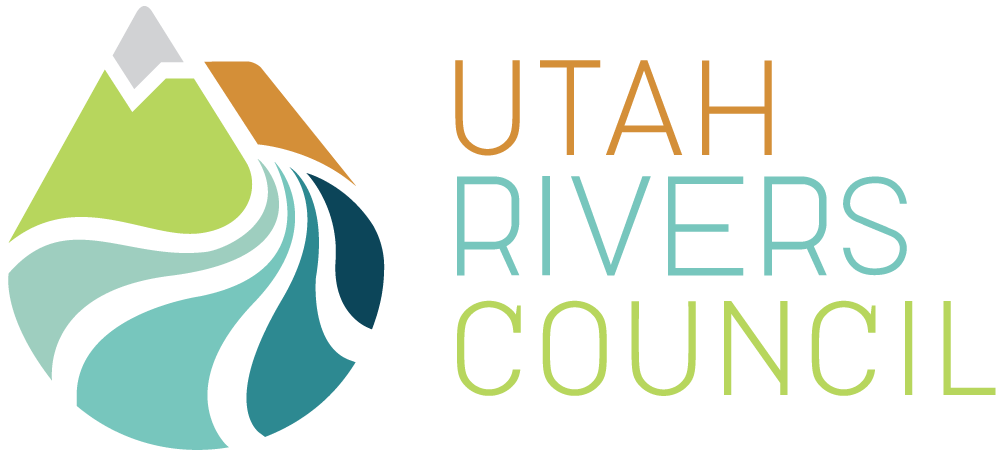As the 2nd driest state in the nation, Utah’s amazing rivers are the lifeblood of Utah’s wildlife—yet these rivers have no legal right to exist.
Utah has some of America’s most amazing rivers carving through its desert landscapes including the iconic Colorado, the Green, the San Juan and Bear Rivers.
Utah’s rivers do a lot more than carry water to cities and farms. Rivers provide a crucial lifeline for 80 percent of Utah’s wildlife species for at least a portion of their life cycles. For most birds, mammals, reptiles, amphibians and all fish, rivers are central to their existence.
Free flowing rivers are extremely important because of the adjacent corridor of vegetation, called a riparian zone. These riparian areas support more Utah wildlife species than all other habitat types combined.
For birds, these strips of lush vegetation provide important nesting and prey habitat, which is why bird densities are often twice as high in riparian areas than in upland areas. In the arid southwest, including parts of Utah, over 75% of all bird species nest primarily in riparian zones. For amphibians and mammals, rivers serve as both a source of water and as a vital migration corridor.
Utah’s rivers are essential to our economy
Utah’s rivers are also important for recreation and the $12 billion state outdoor industry. Birders, rafters, kayakers, hunters and fishermen come from all over the world to enjoy Utah’s rivers and the amazing recreation opportunities they support.
Many people are shocked to learn Utah’s rivers have no legal right to exist. Our rivers are really just someone’s water rights headed downstream and that is why many of Utah’s fisheries are often dried up for agriculture, energy extraction and municipal use. In Utah, municipal and agricultural diversions partially or totally dewater 53 % of the State’s 6,281 miles of fishery streams every year. As Utah proposes to divert, dam, and channel more of the state’s amazing rivers, the future of Utah’s wildlife and aquatic species grows more and more uncertain.


